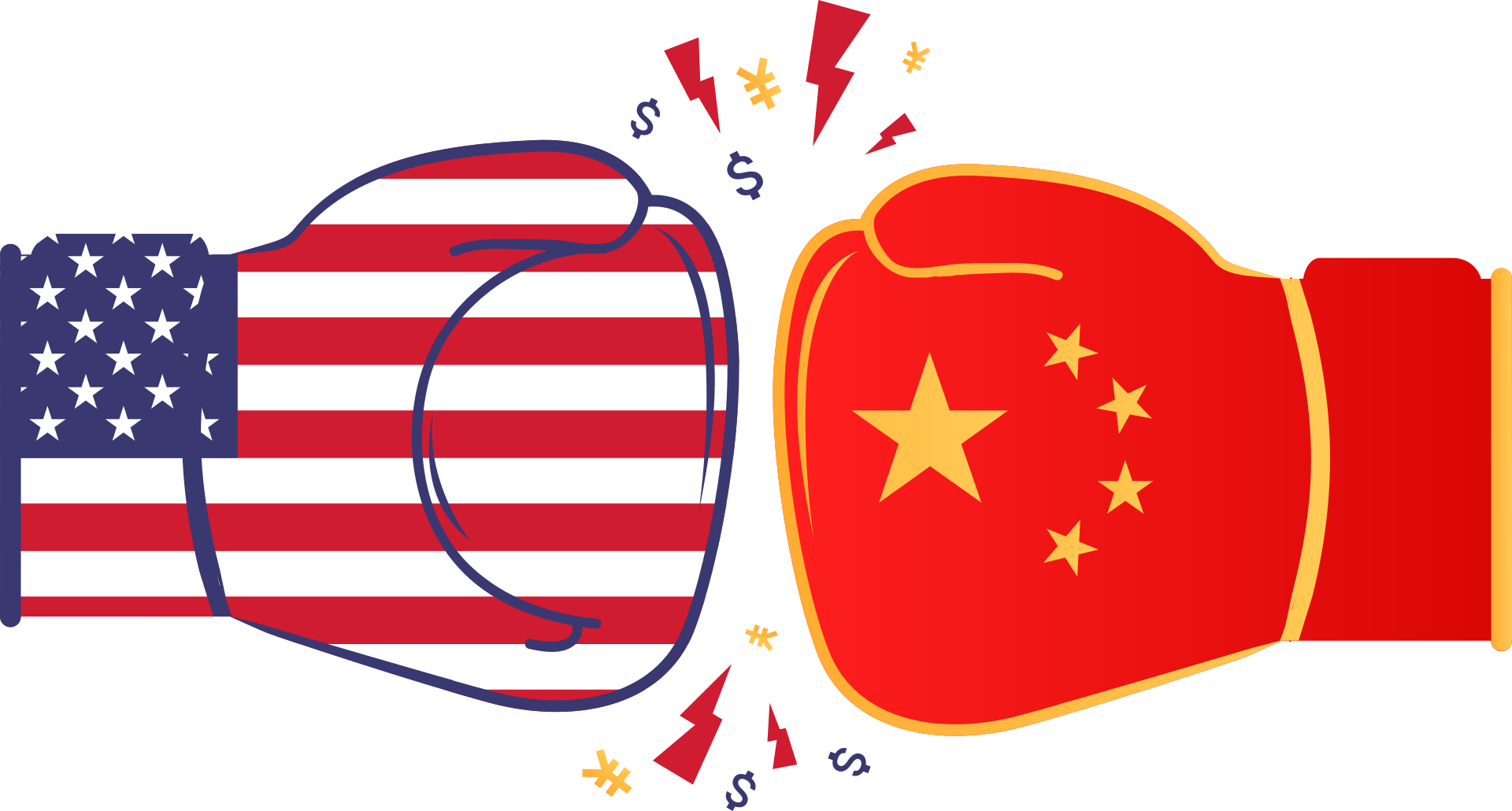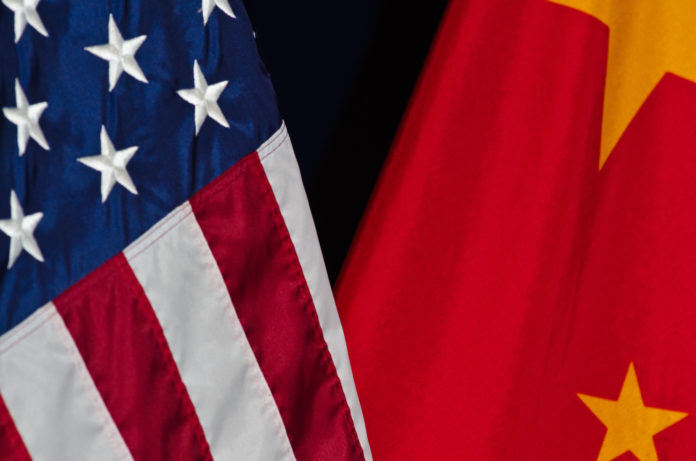The Sino-US relationship has been strained two years ago against the backdrop of the Trump administration’s trade war and the imposition of customs sanctions on Beijing products.
The Trump administration has moved to block Huawei’s global chip supply and prevent key chip suppliers – including Taiwan-based TSMC – from selling to Huawei. The new rule took effect on Friday, but it will grant a grace period Duration 120 days.
TSMC is considered as a main Huawei supplier of chip.
While the Chinese Ministry of Commerce said it firmly opposes the latest rules the United States has set against Huawei, he announces that China will take all necessary measures to protect the rights and interests of Chinese companies.
Chinese Foreign Minister Wang Yi alerted last Sunday 24, 2020 that relations between China and the United States have worsened and a possible A new cold war edge is taking place.
Wang Yi said the cooperation between China and the United States is beneficial to both countries, and the confrontation will bring them a loss, adding that the two sides should find a way to peaceful coexistence.
The Chinese minister also called for the two powers to work for peace and a relationship of shared gains for the benefit of everyone.

The last year, the two largest economies in the world have started a bitter trade war.
President Donald Trump has imposed huge tariffs of billions of dollars on the Chinese importations, but China also reacted by imposing the same percentage of customs taxes on the American ones.
The US president justifies these tariffs by china’s unfair trading practices and intellectual property theft. On the other side China has a perception that the US is trying to curb its rise.
Despite negotiations that have taken place in the past, notably during Trump’s visit to China on November 08, 2017, the gap between the two parts is very deep and it is difficult to make a deal and roll back on tariffs.
This trade war affects negatively not only the economy of the two countries but also the global economy because of the uncertainty created in the business market.
What are the tariffs that have been imposed by the two sides?
First of all, the objective behind these tariffs imposed by President Trump was to encourage Americans to buy local products instead of Chinese products.
So far, the US has imposed tariffs on more than $360bn (£296bn) of Chinese goods, and China has retaliated with tariffs on more than $110bn of US products.
Washington had established several taxes spread over four waves last year. The last one concerns Chinese products including meat and musical instruments were hit 15%.
Beijing for its part reacted by imposing from 5% to 25% the products imported from the US whatever the category such as crude oil taxed at 5%, for the first time in the trade battle.
The US-China trade war has escalated in many stages:
- JULY 2018: The US tariffs are up to 34 billion $ and it is the same amount for the Chinese tariffs.
- AUGUST 2018: The US tariffs are up to 16 billion $ and it is the same amount for the Chinese tariffs too.
- SEPTEMBER 2018: The US tariffs are up to 200 billion $ at the rate of 10%. However, the Chinese tariffs are up to 60 billion $ at the same rate of 10%.
- MAY 2018: US administration has imposed tariffs of 200 billion $ at the rate of 25%.
- JUNE 2018: China reacted to the US tariffs by imposing tariffs of 60 billion $ at the rate of 25%.
- The US and China have threatened to impose new tariffs and increase the existing ones.
- On 1 October 2018, the US plans to raise an existing 25% tariff on some Chinese products to 30%.
- A new range of customs taxes was thus proposed in December by Washington against Chinese products, by integrating products such as shoes and telephones.
Thus, all Chinese goods imported to the US will be subject to tariffs. China also plans to hit another 3,000 American products with tariffs by the end of 2020.

























